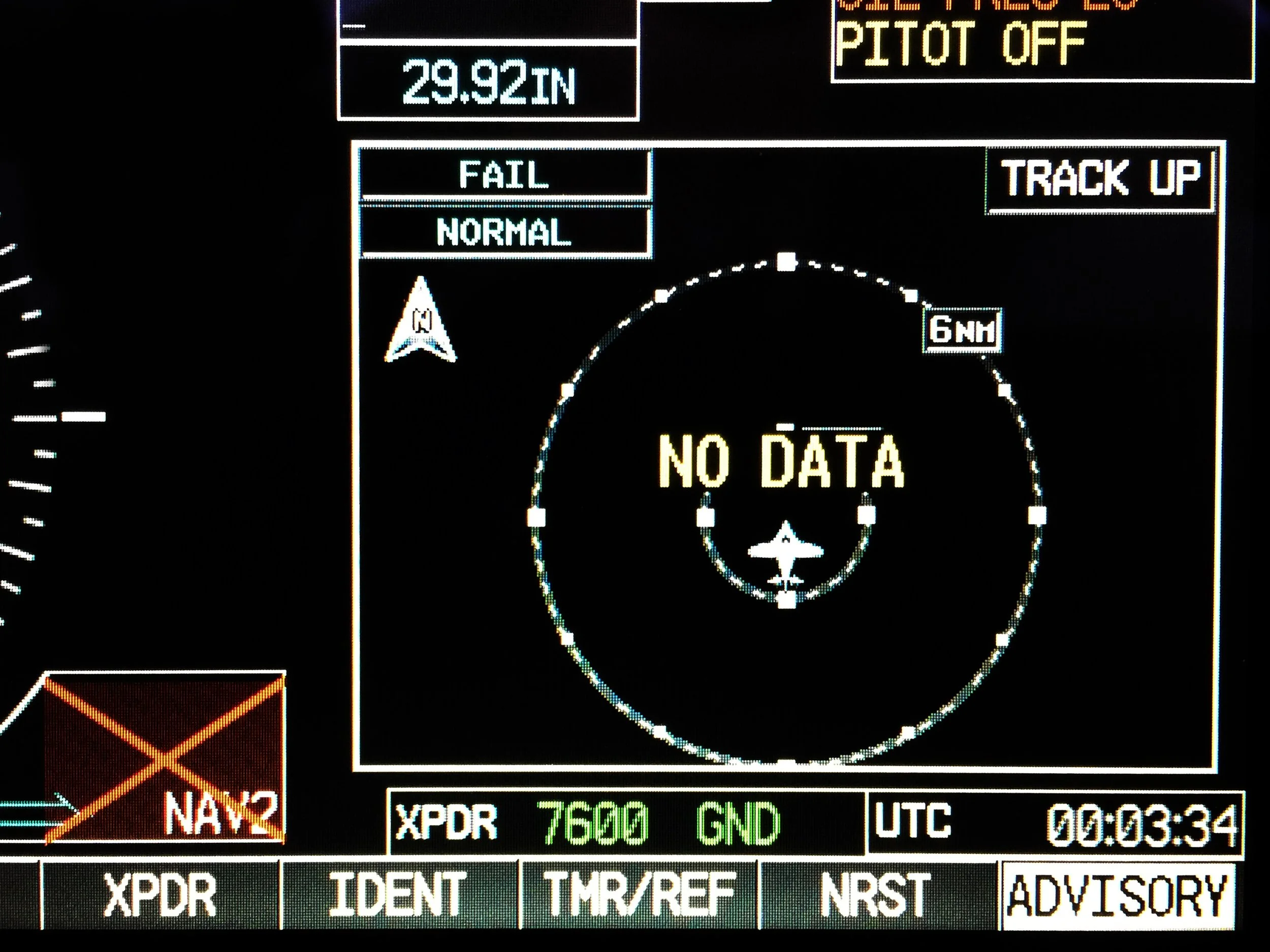Lost Comm
If a radio failure occurs in VFR conditions, or if VFR conditions are encountered after the failure, each pilot shall continue the flight under VFR and land as soon as practicable.
If the failure occurs in IFR conditions, or if VFR conditions are not within range, each pilot shall continue the flight according to the following:
Route:
1. Assigned—by route assigned in the last ATC clearance
2. Vectored—go direct from the point of radio failure to the fix, route, or airway in the vector clearance
3. Expected—by the route that ATC has advised may be expected
4. Filed—by the route filed in the flight plan
Altitude (highest of the following altitudes for the Route segment being flown):
1. Minimum—minimum altitude for IFR operations
2. Expected—altitude/flight level ATC has advised to expect in a further clearance
3. Assigned—altitude/flight level assigned in the last ATC clearance
Leaving Clearance Limit:
1. When the clearance limit is a fix from which the approach begins, commence descent or descent and approach as close as possible to the expect-further-clearance time if one has been received; or if one is not been received, as close as possible to the estimated time of arrival as calculated from the filed or amended estimated time en route.
2. If the clearance limit is not a fix from which the approach begins, leave the clearance limit at the expect-further-clearance time if one is been received; or if none has been received, upon arrival over the clearance limit, and proceed to a fix from which an approach begins and commence descent or descent and approach as close as possible to the estimated time of arrival as calculated from the filed or amended estimated time en route.
Procedure to use if all communication and navigation equipment fails (complete electrical system failure):
1. First, determine you have complete loss. Determine the cause (check circuit breakers, alternator, ammeter, etc.).
2. Review the preflight weather briefing for the nearest VFR; determine heading and altitude and proceed to VFR conditions, using VFR altitudes.
3. If VFR conditions are not within range of the aircraft, get off the airway and determine the heading to an unpopulated area relatively free of obstructions (terrain or man-made; i.e., rural areas, large lakes, ocean, etc.).
4. Establish a descent on a specific heading to VFR conditions; proceed VFR to the nearest airport.

